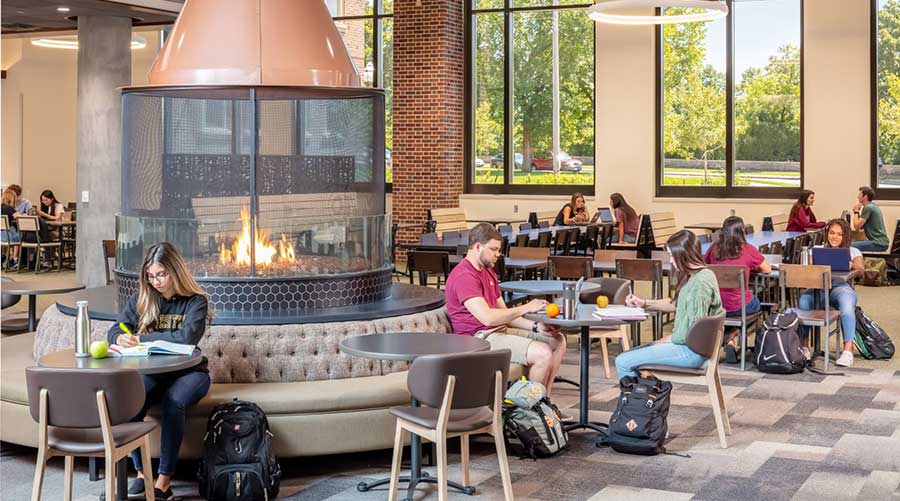The Role of Recommissioning in Reducing Carbon Footprint
There are many ways to reduce a building’s carbon footprint and achieve other benefits at the same time. Before building owners or managers start to think about equipment upgrades, they first should consider recommissioning. Building systems need periodic tune-ups because system performance tends to degrade over time.
Recommissioning can yield significant performance improvements designed to reduce energy use. A study by Lawrence Berkeley National Laboratory of more than 200 recommissioned buildings found a median energy savings of 15 percent.
If upgrades are appropriate, managers and their staffs should pursue the low-hanging fruit first. For example, replacing a typical incandescent light bulb with a compact fluorescent bulb of equal light output can reduce the fixture’s electricity use by 75 percent.
That alone is a major gain, but the upstream carbon-emission savings are even greater because of the transmission and distribution losses – 70 percent or more of the original energy – between a fossil-fuel-fired generating plant and the point of consumption.
Managers also might be able to reduce lighting loads by shifting away from traditional 2- by 4-foot, three-lamp fixtures in favor of hanging, light-emitting diode panels, or smart task lighting. Some facilities also might employ daylighting strategies to illuminate the building’s core.
HVAC systems also present major opportunities for energy savings. Managers and technicians can fine-tune existing systems to perform at their optimum efficiency, but equipment replacement might be inevitable, depending on the age and condition of the systems.
Designers often look to advanced systems, such as mixed-mode ventilation, chilled beams, or indirect-direct evaporative cooling, to reduce HVAC-related carbon footprints. The key is to become as efficient as possible and reduce the power demands of active HVAC systems to a minimum.
Related Topics:















